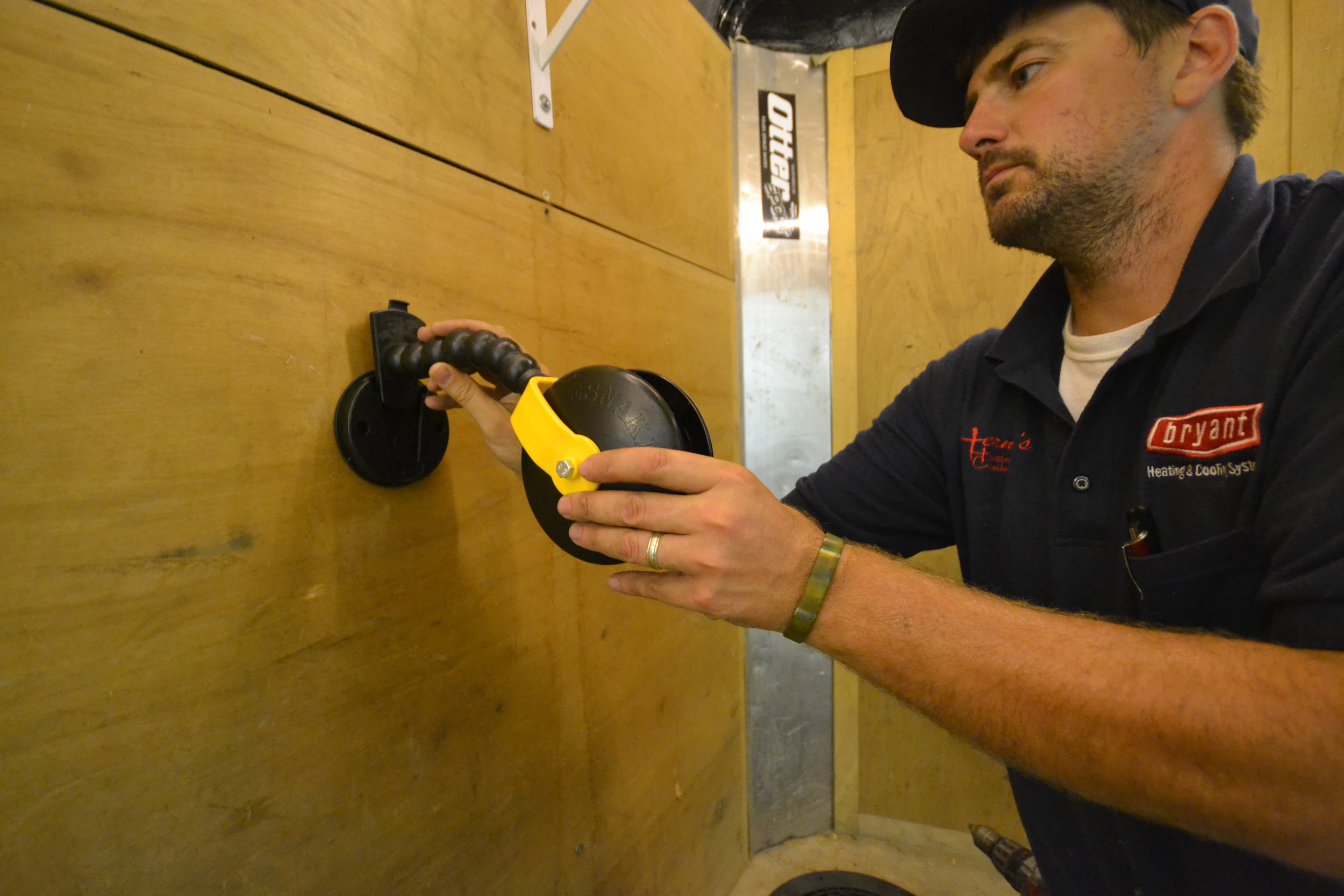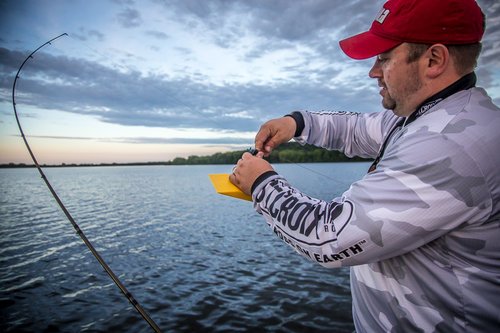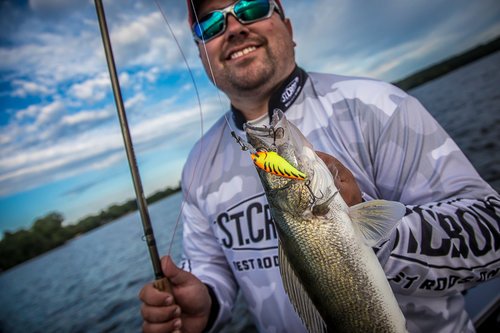Permanent DIY Fish-house Do’s and Don’ts
It’s the time of year when ice heads across northern climates start thinking of their winter plans. Maybe it’s the onward march of the calendar towards fall, or maybe it’s just that ice can be a comforting thought when the mercury is stuck in the 80’s and 90’s. Whatever the reason, people now are building their own permanent shelters, or remodeling old ones, including myself. A buddy and I are converting an enclosed single axle trailer into a makeshift summer and winter threat that will both haul over tar, and sit on top of ice. This article then is aimed at the do-it-yourself (DIY) crowd, such that hopefully you can take our mistakes and learn from them!
Do’s
The adage “measure twice, cut once” applies here in many senses; perhaps from a construction perspective, but also from a general ice-fishing planning one as well. Think long and hard about the way you use a hardside ice-shelter in the winter, and especially how you fish out of one. I prefer to be out on the open ice, but also appreciate and enjoy modern comforts afforded by a well-heated space that offers fixed seating and more room. Still, if you’re like me, knowing that you’re already confined to a small space on the ice, you’re pulling overtime on thinking of ways to offer as many fish as many looks as possible.
To me, that means individual anglers jigging from a direction or area that they’re comfortable in, along with a combination of rattle reels and even tip-up’s outside to round out the spread. Livebait vs. deadbait, deadbait motionless vs. deadbait jigged, etc.,etc. etc. These are the kinds of fishing experiments you’ll be running inside the house, so you should setup the house for maximum flexibility. To me that means portable rattle reels that can be interchanged from hole to hole at the drop of a hat. It also means that depending on how many people you’re fishing with, the amount and configuration of holes used may be drastically different. If children will be in the house, un-used, or lots of holes spells wet legs and early leave times, so consider covers of some sort.
Heat and the direction or power of heat is always an issue in any house. It always seems like there’s either too much, or not enough, so invest in low-draw fans that keep the heat off the ceilings and moving around the entire house constantly. Also be wary of setting lines too close to heat sources, first because of the obvious burn dangers, but also because it’s not very comfortable sitting in front of the furnace on full blast.
Do invest in quality lighting, as most folks get a few incandescent lights, or rope-lights, then call it “good enough” stating, “I can always wear a headlamp after dark. Go the extra mile, spend the money and buy low-draw LED bulbs or light bars that diffuse light evenly throughout the house. My experience is that rarely is there enough good light to tie knots, unhook fish, and find the jig you’re looking for.
Also, do spend the time to make your door as wind-tight and well-fit as possible. The door gets the most abuse in any ice house. It’s kicked on, swung against the house, and the handle is banged on repeatedly, all while the forces of extreme cold, heat, moisture, and resulting ice make it difficult to work as intended. Good quality insulated doors are easier now to find, so consider spending more on something that will last.
Don’t’s
I grew up on a farm, and regularly must resist the urge to unleash my inner wire, bail twine, or duct tape fixes. Perhaps the best advice I could give any DIY’er, is to realize both the limits of your ability, and to recognize a better mousetrap when you see one. I encourage talented carpenters and woodcrafters to design everything from more efficient shelving, to beautiful wood interiors, rod racks, and even cabinets. I strongly discourage using 2X4’s and other wood scrap to fashion items such as a door latch. They make effective and time tested versions of these every day, with many options to fit several budgets.
Case in point would be Fishhouse version 1.0 from last winter. My friend is an HVAC contractor, and has plentiful tin at his immediate disposal. Our first hole sleeves then, were metal. At first, they worked extremely well, and were somewhat disposable with how much ducting he has lying around. That was until they froze in or the auger blades would nick the edges and practically shred them. Enter another alternative, the venerable five gallon bucket. While a great budget option, they offered a sizable “lip” that extended above the floor, creating trip and toe stubbing hazards at every turn. It doesn’t sound like much, but when you have a house full of ice-holes, and each one of them has this lip, you’re walking real estate becomes far less than you might expect. Getting the screw down covers with snap-on lids and removable hole sleeves, did not prove to be free like the buckets were, but did offer far more flexibility, comfort, and ease of use. More importantly, it means our ATV can be driven right on top of the hole covers and we can use the fish-house to also haul.
Lastly, don’t forget to include all of the simple comforts of home. Racks for drying items, hangers for a pliers, ruler, or jaw spreaders, and small shelves up high for putting food or other items away are some of the last things thought of. Ideally, for some, it’s best to just fish the house somewhat bare, and then add things on an as-needed basis. However, if you’re like me, you forget the drill and screwdrivers each time, and end up focusing only on the fishing. Not a bad thing, as it’s the primary reason you’re out there, but the best permanent houses for fishing are not coincidentally the ones that are best thought-out.





